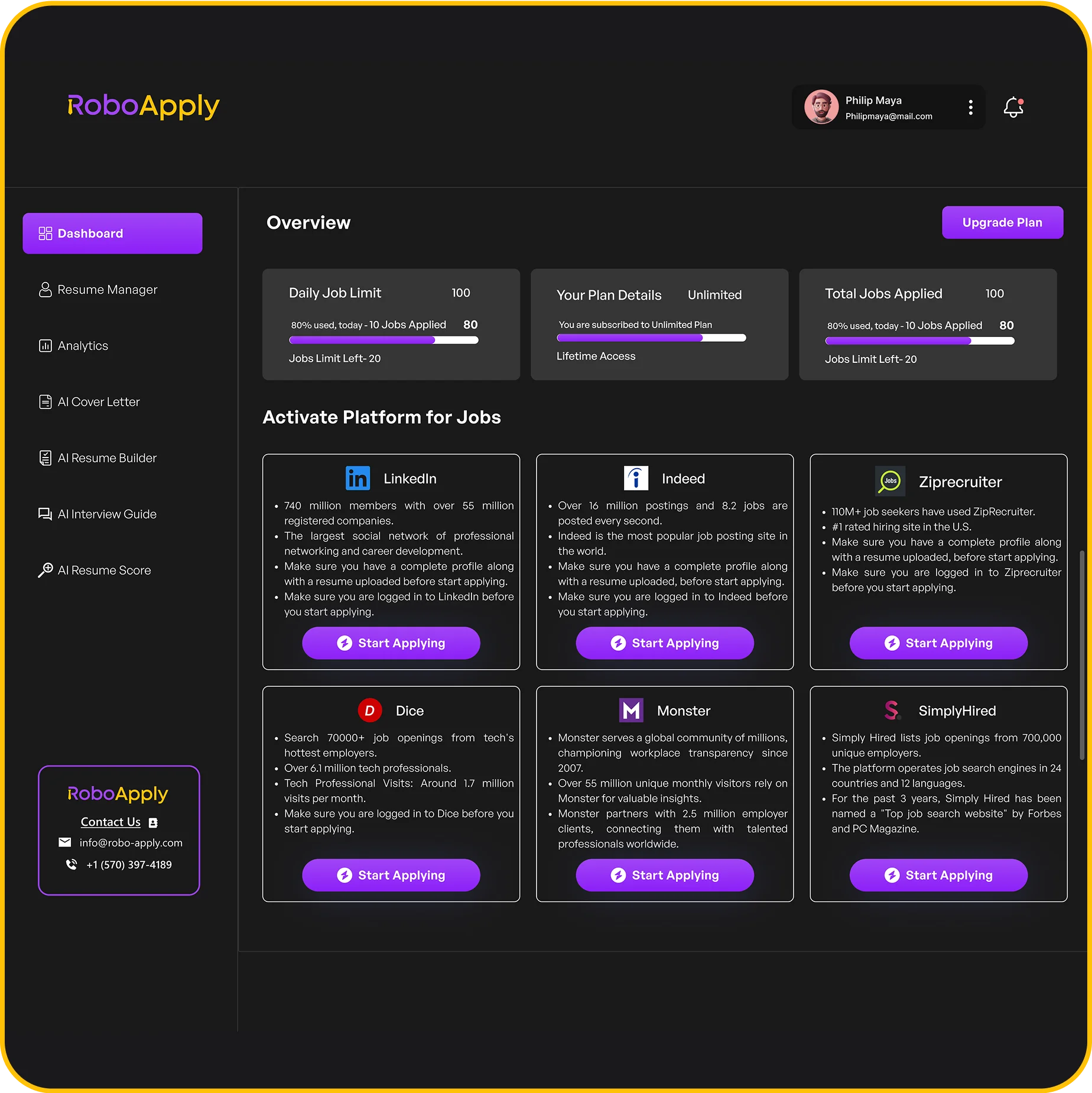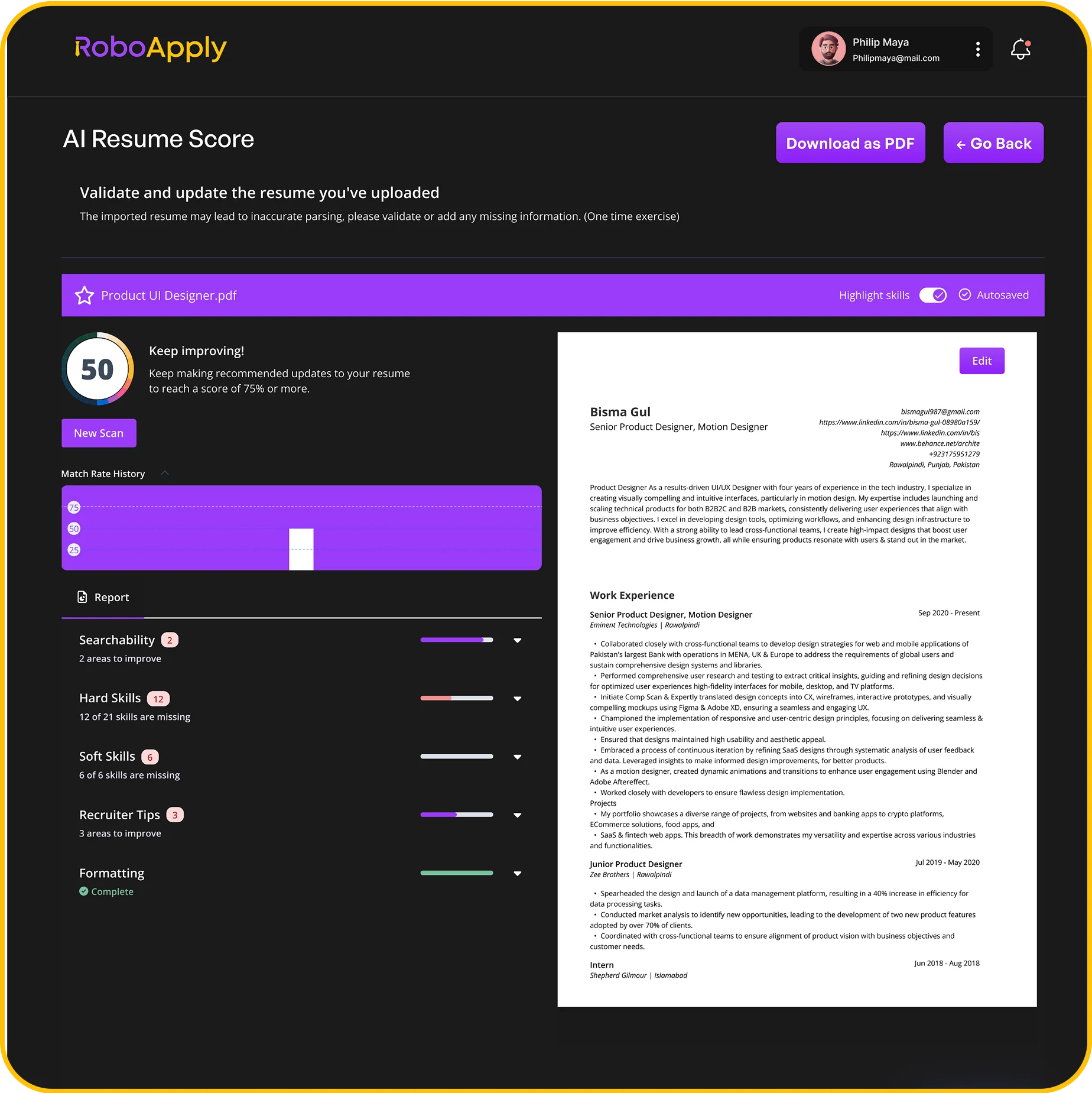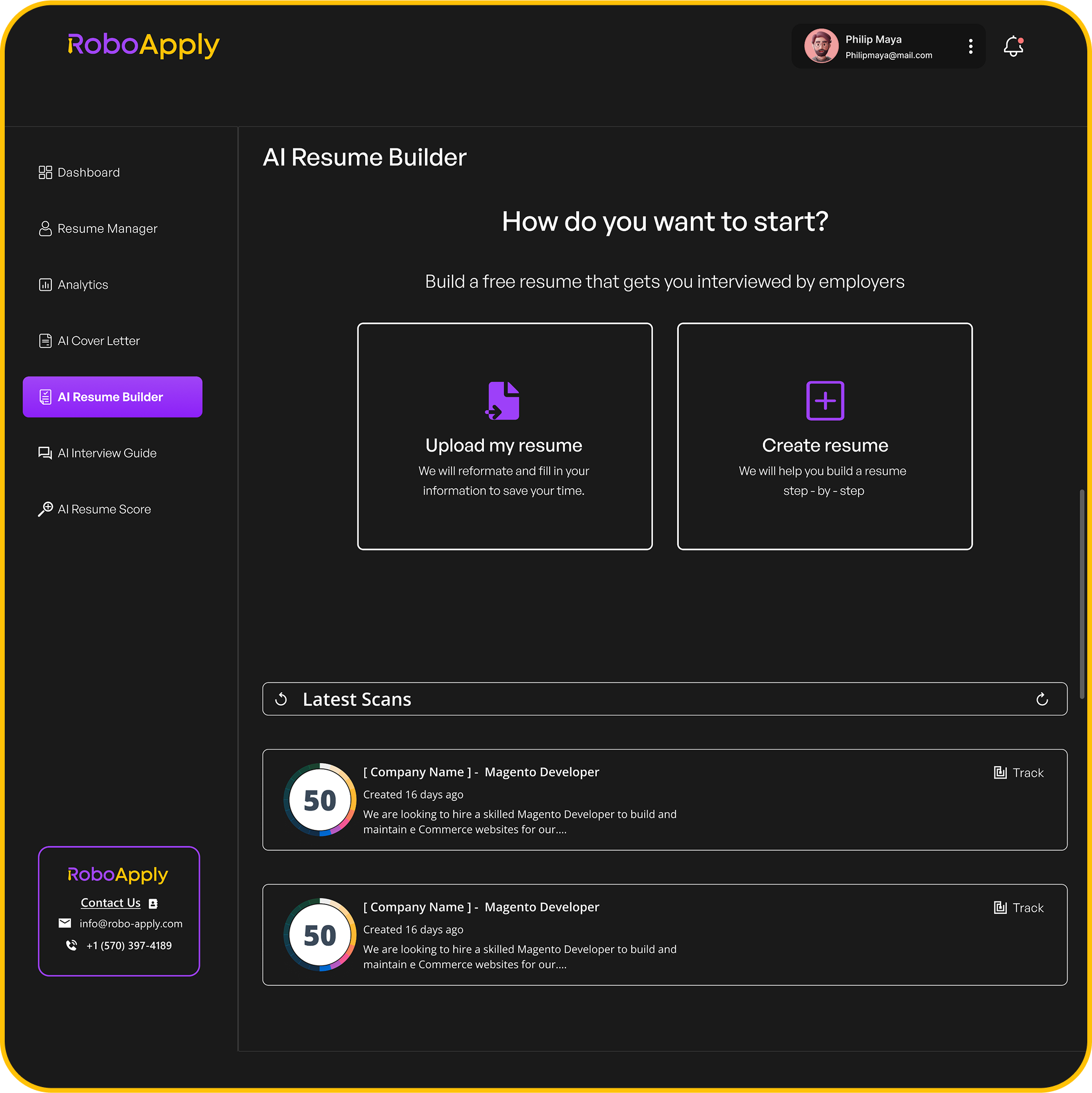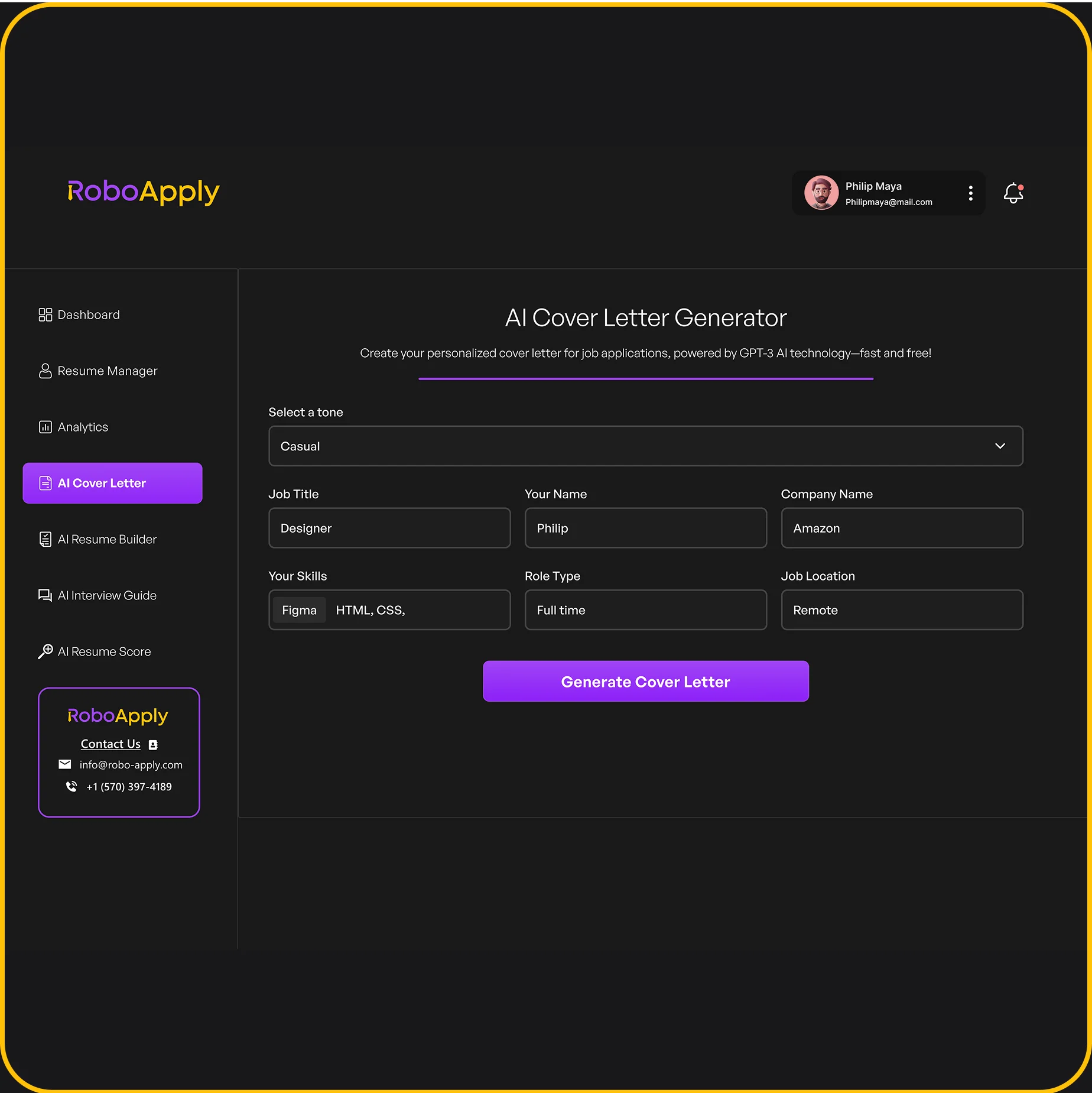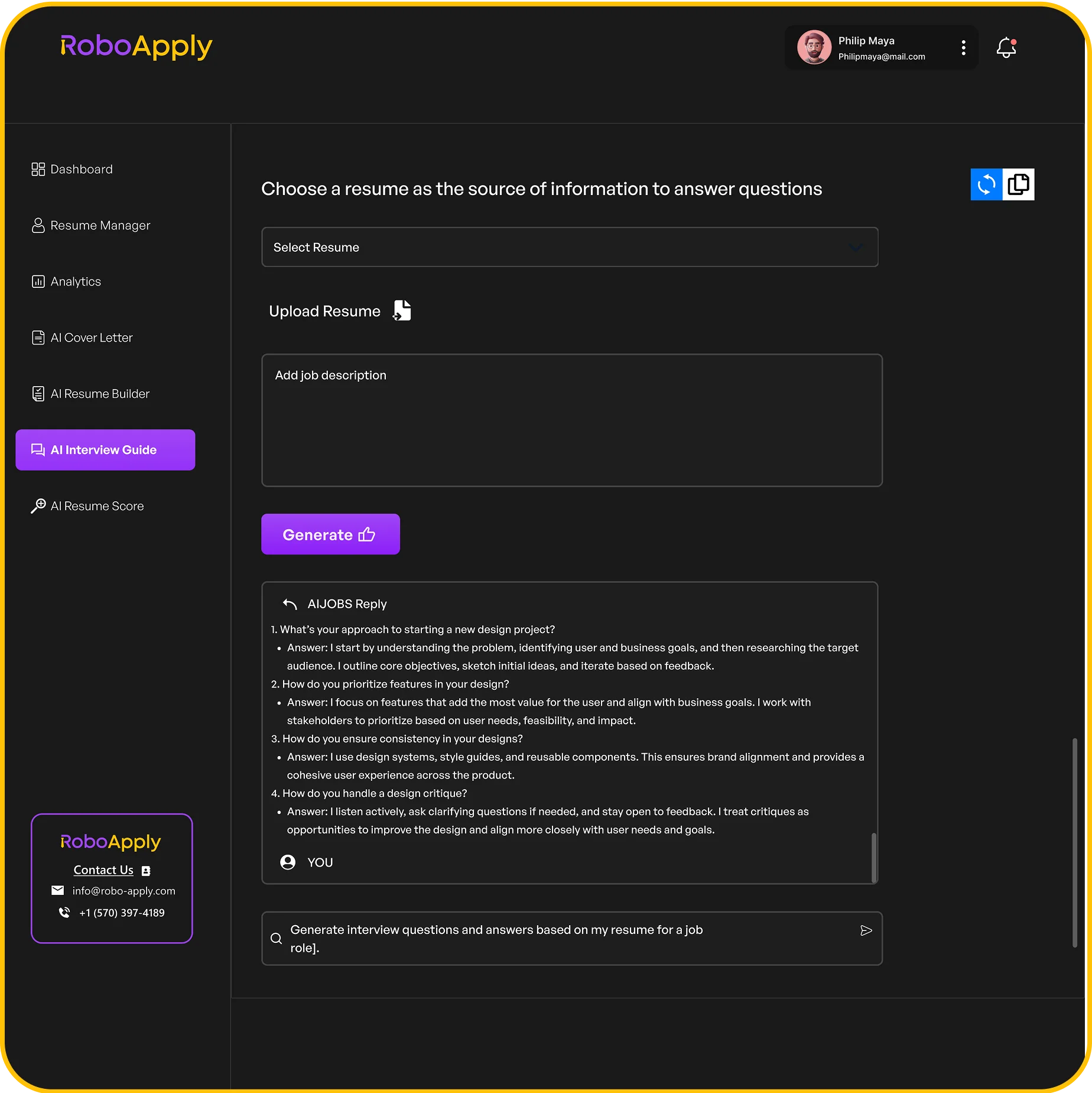1. Your Full Name

When naming your cover letter file, starting with your full name is a simple yet effective strategy. It helps recruiters quickly identify your application and prevents confusion, especially when they’re dealing with numerous submissions. Using your full name ensures that your document is easily recognizable.
Think of it this way: it’s like putting a label on a package. You want the recipient to know exactly who it’s from without having to open it up. This is particularly useful for hiring managers who might download several cover letters at once. A clear and concise filename, beginning with your name, makes their job easier and increases the chances that your application gets the attention it deserves. It’s a small detail, but it shows attention to detail, which is always a plus.
Here’s how you can incorporate your full name effectively:
- Start with your first name followed by your last name. This is the standard and most recognizable format.
- Avoid nicknames or abbreviations. Stick to your legal name as it appears on your resume and other application materials.
- If you have a very common name, consider adding another identifier, such as the position you’re applying for, to further differentiate your file. For example, if your name is John Smith, you might name your file
JohnSmith_MarketingCoverLetter.pdf.
Using your full name is a basic step, but it’s a foundational element of a professional cover letter filename. It’s about making a good first impression and ensuring that your application is easily managed by the hiring team. Don’t overlook this simple yet important detail.
For example:
JaneDoe_CoverLetter.pdfMichaelBrown_CoverLetter.pdfEmilyWilson_CoverLetter.pdf
If you want to make sure your cover letter makes a strong first impression, consider how you craft effective cover letter greetings. Also, remember to include your address, phone number, and the date in the top left corner, followed by the employer’s information, as this demonstrates organization and professionalism, and ensures your applicant’s address on a cover letter is readily available.
2. The Words Cover Letter
It might seem obvious, but including "Cover Letter" in your file name is super important. It tells the hiring manager exactly what they’re looking at. This helps them quickly organize and identify your documents, especially if they’re dealing with tons of applications. Think of it as labeling your package clearly so it gets to the right place!
Here’s how you can use it:
JaneDoe_CoverLetter.pdfJ.Doe_CoverLetter_MarketingManager.pdfJane_Doe_CoverLetter_JobID123.pdf
It’s a small detail, but it shows you’re organized and professional. Plus, it avoids any confusion – no one wants their cover letter mistaken for something else!
Using "Cover Letter" is a simple way to make a good impression. It’s all about making things easy for the person reviewing your application. You can also check out some resume examples to get an idea of how to name your resume file too.
3. The Position Title
Including the position title in your cover letter file name can really help the hiring manager quickly identify what job you’re applying for. It’s especially useful if a company is hiring for multiple roles at the same time. It just makes things easier for everyone involved.
Here’s how you can do it:
- Be Specific: Use the exact job title as listed in the job posting. This avoids any confusion.
- Keep it Concise: While being specific, try to keep the title relatively short. Avoid adding extra details that aren’t necessary.
- Example: If you’re applying for a Marketing Manager position, your file name could be
JaneDoe_CoverLetter_MarketingManager.pdf.
Using the position title is a simple way to show you’re organized and detail-oriented. It also helps the recruiter quickly sort and find your application.
It’s a small thing, but it can make a difference. Think of it as another way to make a good first impression. Remember to craft a strong cover letter to enhance your job application.
4. The Job ID
Sometimes, companies use job IDs to keep track of applications, especially in larger organizations. If the job posting includes a specific ID number, including it in your cover letter file name can be a smart move. It helps the hiring team quickly associate your application with the correct position. I’ve seen it make a difference, especially when they’re swamped with applications.
Here’s how you might do it:
FirstName_LastName_CoverLetter_JobID12345.pdf
Always follow the instructions if the job description specifies a particular naming convention. Ignoring their instructions could make you look like you don’t pay attention to detail. That’s the last thing you want!
Including the job ID is optional, but it can be a nice touch. Think of it as an extra way to help the recruiter. It shows you’re organized and thorough. Plus, it can help you keep track of which cover letter goes with which application, especially if you’re applying for multiple positions. Remember to craft effective email cover letters to increase your chances of getting noticed.
Here are a few reasons to include the Job ID:
- Shows attention to detail.
- Helps the hiring team organize applications.
- Makes it easier for you to track your applications.
It’s a small thing, but it can make a difference. Just make sure it fits with the rest of your file naming strategy. And remember, a clear and professional file name is always a good idea. You want to make a good first impression, and that starts with how you present yourself, even in something as simple as a file name. Don’t forget to verify your cover letter heading is correct before submitting.
5. PDF File Extension
When you’re done crafting your cover letter, you’ll need to save it in the right format. The best choice is almost always a PDF (.pdf) file. This ensures that your formatting stays consistent, no matter what device or software the hiring manager uses to open it. Think of it as a digital snapshot of your document.
Why is this important? Because you don’t want your carefully chosen fonts and layout to get messed up when someone else views your file. A PDF locks everything in place.
Here’s a quick rundown:
- PDFs preserve formatting across different systems.
- They are generally smaller in file size than Word documents.
- Most applicant tracking systems ATS can easily read PDFs.
Saving as a PDF ensures your cover letter looks exactly as you intended, maintaining a professional image from the first impression.
It’s also a good idea to avoid using image editing software like Canva or Photoshop to generate your PDF, as this can make the document unreadable by Applicant Tracking Systems. Instead, use Word or Google Docs to create the PDF.
6. Underscores
When naming your cover letter file, underscores can be your friend. They help separate words and make the file name more readable, especially for Applicant Tracking Systems (ATS). However, consistency is key.
- Use underscores instead of spaces. Spaces can sometimes cause issues with how systems read the file name.
- Keep it simple. Don’t overdo it with too many underscores or unnecessary characters.
- Be consistent. If you use underscores in your resume file name, use them in your cover letter file name too.
Using underscores consistently shows attention to detail, which is always a plus when applying for jobs. It makes your application look more professional and organized.
For example:
Jane_Doe_Cover_Letter_Marketing_Manager.pdf is better than Jane Doe Cover Letter Marketing Manager.pdf or JaneDoeCoverLetterMarketingManager.pdf.
7. Sentence Case
When it comes to naming your cover letter file, sentence case is a perfectly acceptable option. Basically, it means you capitalize only the first word and any proper nouns. It’s simple, clean, and easy to read.
Here’s the thing: consistency is key. If you’re using sentence case for your resume file, stick with it for your cover letter too. It just looks more professional and organized.
Here are a few examples:
jane-doe-cover-letter.pdfjohn-smith-cover-letter-marketing-manager.pdfalex-lee-cover-letter-job-id-12345.pdf
Using sentence case can make your file names look less cluttered, especially if you have a long file name. It’s a small detail, but it can make a difference in how organized you appear to a potential employer. Remember to use this when crafting an effective cover letter I-751 petition.
It’s also worth noting that some people prefer title case (Capitalizing Every Word), and that’s fine too! The most important thing is to choose a style and stick with it. Just make sure it’s easy to read and understand. When you address a cover letter, remember to use the hiring manager’s full name instead of titles.
8. Microsoft Word
Microsoft Word is a super common tool for creating cover letters. Most people have used it at some point, so it’s a safe bet. Here’s how to make sure you’re saving your file correctly.
- Open your cover letter in Word.
- Go to "File" then "Save As…"
- A box will pop up. Name your file.
- Make sure the file is saved as a Word document. It should be the default, but double-check!
- Click "Save".
It’s generally better to save as a PDF to avoid formatting issues, but sometimes you need a Word doc. Just follow these steps and you’ll be fine.
If you’re using a resume cover letter template for Word, these steps are especially important to ensure your hard work isn’t lost in translation. Also, remember to customize your cover letters with Word templates to really stand out!
9. Google Docs
Google Docs is super handy because it saves your work automatically. But, you’ll need to do a little extra to make sure your recruiter or hiring manager can actually see it. Here’s how to name your file correctly when using Google Docs.
- First, open your cover letter in Google Docs. The file name is at the top left, next to the blue Docs icon. Double-click it to change the name.
- Next, make sure you’re using a proper naming convention. For example,
JaneDoe_CoverLetter_MarketingManager.pdfis much better thanCoverLetterDraft3.docx. - Always download your Google Doc as a PDF before sending it. This ensures that the formatting stays consistent, no matter what the recipient uses to open it. To do this, go to File > Download > PDF Document (.pdf).
- After downloading, double-check the file name. Sometimes, the browser might add extra characters or numbers. Rename it if needed.
It’s a good idea to keep a separate folder for all your job application documents. This helps you stay organized and quickly find the right file when you need it. Plus, it makes it easier to track which version of your cover letter templates you sent to each company.
- Remember to use sentence case for the words in your file name. This makes it easier to read and looks more professional. For example,
JaneDoe_CoverLetter_MarketingManager.pdfis better thanJaneDOE_COVERLETTER_marketingmanager.pdf. - If you’re applying for multiple positions at the same company, include the job ID in the file name. This helps the recruiter easily identify which position you’re applying for. For example,
JaneDoe_CoverLetter_MarketingManager_Job12345.pdf. - Finally, consider using underscores instead of spaces in your file name. While Google Docs can handle spaces, some applicant tracking systems ATS might have issues with them. Underscores ensure compatibility and prevent any potential problems.
10. Applicant Tracking Systems
Applicant Tracking Systems (ATS) are software applications used by companies to manage the recruiting and hiring process. They scan and parse resumes and cover letters to extract relevant information. So, how does this impact your file naming? Let’s get into it.
- ATS Compatibility: Some older ATS versions can struggle with long file names or special characters. Keep it simple!
- Keywords: While the file name itself might not be directly scanned for keywords, a clear, professional name helps recruiters easily identify and locate your documents within the system. Think of it as digital housekeeping.
- Consistency: Use the same naming convention for your resume and cover letter. This shows attention to detail and makes it easier for recruiters to associate your documents. For example,
JaneDoe_Resume.pdfandJaneDoe_CoverLetter.pdf.
Naming your cover letter file with ATS in mind is about making it easy for the system and the recruiter. A clear, concise, and professional file name ensures your application isn’t overlooked due to technical issues or organizational mishaps. It’s a small detail that can make a big difference.
Consider this: if a recruiter is using an ATS to search for candidates with specific skills, a well-named file helps them quickly identify and access your cover letter. It’s all about making their job easier, which in turn, increases your chances of getting noticed. You can also use RoboApply’s cover letter creation to make sure your cover letter is ATS-friendly. Also, make sure to check out the top cover letter questions to make sure your cover letter stands out.
Applicant Tracking Systems, or ATS, are computer programs that help companies sort through job applications. They look for keywords and certain formats to decide who moves on. If your resume isn’t set up right, these systems might miss you, even if you’re perfect for the job. Don’t let a computer program stop you! Learn how to make your resume ATS-friendly and get noticed. Visit our website to find out more about how RoboApply can help you beat the ATS and land your dream job.
Wrapping It Up
So, when you’re done with your cover letter, remember that how you name the file actually matters. It’s not just some small detail. A good, clear file name helps the person looking at it know exactly what it is and who it’s from. It makes things easier for them, and that’s always a good thing when you’re trying to get a job. Just keep it simple, put your name in there, and say what the document is. That’s pretty much it!
Frequently Asked Questions
What file type should I use for my cover letter?
It’s best to save your cover letter as a PDF. This keeps your formatting safe and makes sure it looks the same on any computer.
What’s the best way to name my cover letter file?
Make sure your file name includes your full name, the words “Cover Letter,” and the job title you’re applying for. For example: “JaneDoe_CoverLetter_MarketingManager.pdf”
Should I include a date or version number in the file name?
No, avoid using dates or version numbers in your cover letter file name. It can make the file seem old or confusing.
Is it important to put my name in the file name?
Yes, you should always include your full name in the cover letter file name. This helps the hiring manager know whose document it is right away.
Should I use spaces or underscores in the file name?
Using underscores (like “John_Smith_Cover_Letter.pdf”) or hyphens (like “John-Smith-Cover-Letter.pdf”) is a good idea. Avoid spaces, as they can sometimes cause issues with online systems.
What if the job application asks for a specific file name?
Yes, if the job posting asks for a specific file name or format, always follow their instructions. This shows you pay attention to details.
Why is naming my cover letter file correctly important?
A clear, professional file name helps hiring managers easily find and identify your document. It shows you’re organized and serious about the job.
How can RoboApply help with naming my cover letter?
RoboApply helps you create and manage your application documents, including cover letters. It can guide you on best practices for naming and formatting your files so they are ready for submission.










